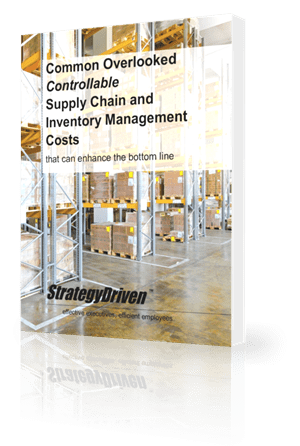The Secrets to Building a Wildly Profitable Organization

I’ve witnessed highly intelligent CEOs start companies with excellent ideas. Some would make a great start but flounder around and not really gain the momentum of success. At the same time, others with similar skills and intellect would take off like a rocket and be wildly successful.
What was the difference between the two? Was it just “luck?” Was it the “timing?” Was it “location?”
No! It all boiled down to the fact that one CEO knew how to create and leverage a talent-centric organization (TCO).
You can have the same success with your company by learning these five secrets to building a wildly profitable organization (hint: they all build a TCO, too).
Create an Amazing Work Environment
Let’s start with the basics that many CEOs may overlook. You must have an amazing work environment. You need a place that attracts talent and makes them want to be at work. Maybe you already have this. If not, you need to find out why. What is in the way of the company being a place where employees love to work? Then, create an amazing work environment that draws in and retains top talent.
When you talk to potential candidates or new hires, the enthusiasm will shine through if you believe the company is a great place to work. Others will feel it and buy into your sales pitch.
Have a Clearly Defined Workplace Culture
The workplace culture is how things are done within the organization. Culture is like a company’s brand image. It consists of its vision (where they are headed, its goals) and its mission (how it will get there, the strategy).
When the culture is well-defined, it gives the company character and purpose. It provides a sense of calm and organization. Some leaders may not think culture and vision are that important. So, they come up with a vision statement that doesn’t indicate who the company is.
Over time, it will be evident that the culture is haphazard when it changes with the circumstances. You don’t want to be all over the place with company values and vision. Instead, think it through carefully; then establish what culture is and put it in place across the board.
Bring Talent On Board That Aligns With Company Culture/Vision
Once you know what your company is all about, you’re ready to focus on the best talent since you have its culture and vision spelled out. The best talent doesn’t necessarily mean that person with the most skills and experience. You want to ensure you bring people on board who align with the company’s culture and vision.
Not every person will be the right fit for your culture, and that’s ok. Don’t try to make your culture work for everyone. Establish what your culture is, then recruit talent that matches it. You’ll find much less turnover when you find talent that is an ideal fit for your company.
Encourage Employee Feedback and Communication
Nurture an environment of employee feedback. You don’t want to stifle communication from your employees. Their thoughts, opinions, and perspectives are highly valuable to CEOs.
Employees need to feel that they can speak up (respectfully) without fear of reprisal. This cultivates transparency and open dialogue that can be helpful for CEOs. Remember, they are not dealing with the same things the employees are, or if they are, it is from a different vantage point. SoThis enables them, they can to glean information about changes they may need to make or as well as areas that are working well.
Invest in Your Talent with Development and Training Opportunities
Once you find talent that is aligned with and ideally suited to the company culture, you want to develop their skills and abilities. Provide them with development and training opportunities. Most people thrive on challenges and learning new things and are bored when there is a lack of stimuli.
Go ahead and give your employees the chance to move beyond their comfort zone and excel. You will be doing yourself a favor, too, because you are training the lower-level talent to take over higher positions as they become available. In other words, you are training to retain.
As you provide team coaching and leadership development opportunities (where appropriate), you create the building blocks of a wildly successful organization.
About the Author












Leave a Reply
Want to join the discussion?Feel free to contribute!